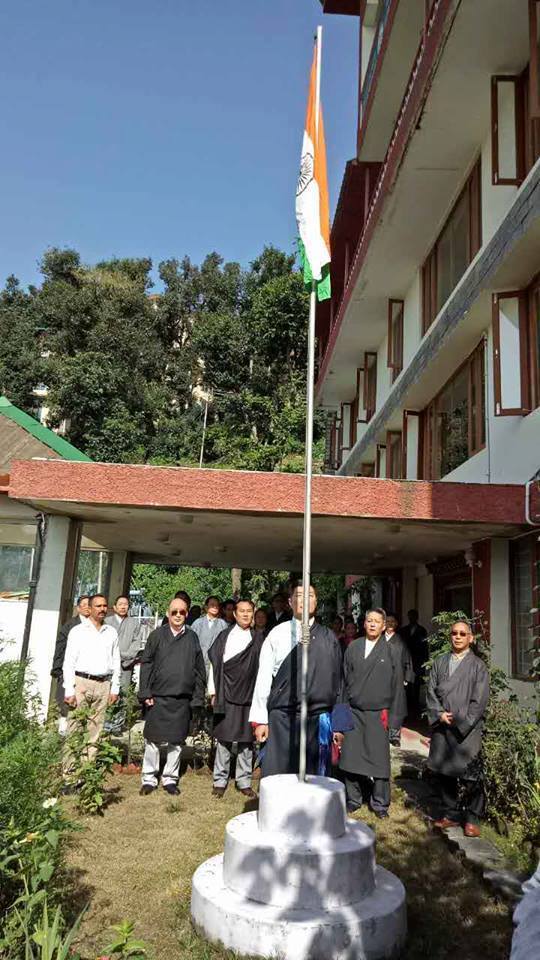Karnataka State Government Increases Welfare Budget for Tibetan Settlements in State
By Tsering Choephel

DHARAMSALA, 12 Oct: The state government of Karnataka has approved a budget of Rs 3 crores for the fiscal year 2023-2024 for the welfare of the Tibetan community across Karnataka, as reported by the Central Tibetan Administration (CTA) on their official website, tibet.net, on Wednesday.
In the previous two fiscal years (2021-2022 and 2022-2023), Rs 2 crores were approved in succession, marking a significant increase in this year’s budget for Tibetans in the state of Karnataka.
The sanctioned budget is primarily allocated for the development of key areas such as education, social welfare, old people’s homes, preservation of culture, renovation of houses for the destitute, environmental protection, the mid-day meal scheme, tourism development, youth empowerment, sport, and village development, as stated in the report.
Karnataka is home to the largest population of Tibetan refugees, residing in five Tibetan settlements: Lugsung Samdupling and Dickyi Larsoe in Bylakuppe, Mundgod Doeguling, Hunsur Rabgayling, and Kollegal Dhondeling.
On October 7, a meeting was held to discuss the immediate and long-term concerns of the Tibetan exile community in the South Zone. The meeting was attended by CTA Representatives from five settlements and was presided over by Mr Rajender Kumar Kataria, the Principal Secretary of the state’s Revenue Department.
With significant backing from the Indian government, particularly Karnataka State, and assistance from global organisations, Tibetan settlements were set up in South India during the 1960s and 1970s. The aim was to create self-sufficient communities for Tibetan refugees who were mainly engaged in road construction labour to sustain themselves and were scattered across the North and Northeastern states of India.
Over the past decade, the Tibetan exiled population in India has consistently decreased, with many choosing to move to the West. The 2011 Indian government census reported 150,000 Tibetans, but by 2019, this number had dropped to 85,000. According to the CTA’s 2019 census, the population fell even further to 73,404.






